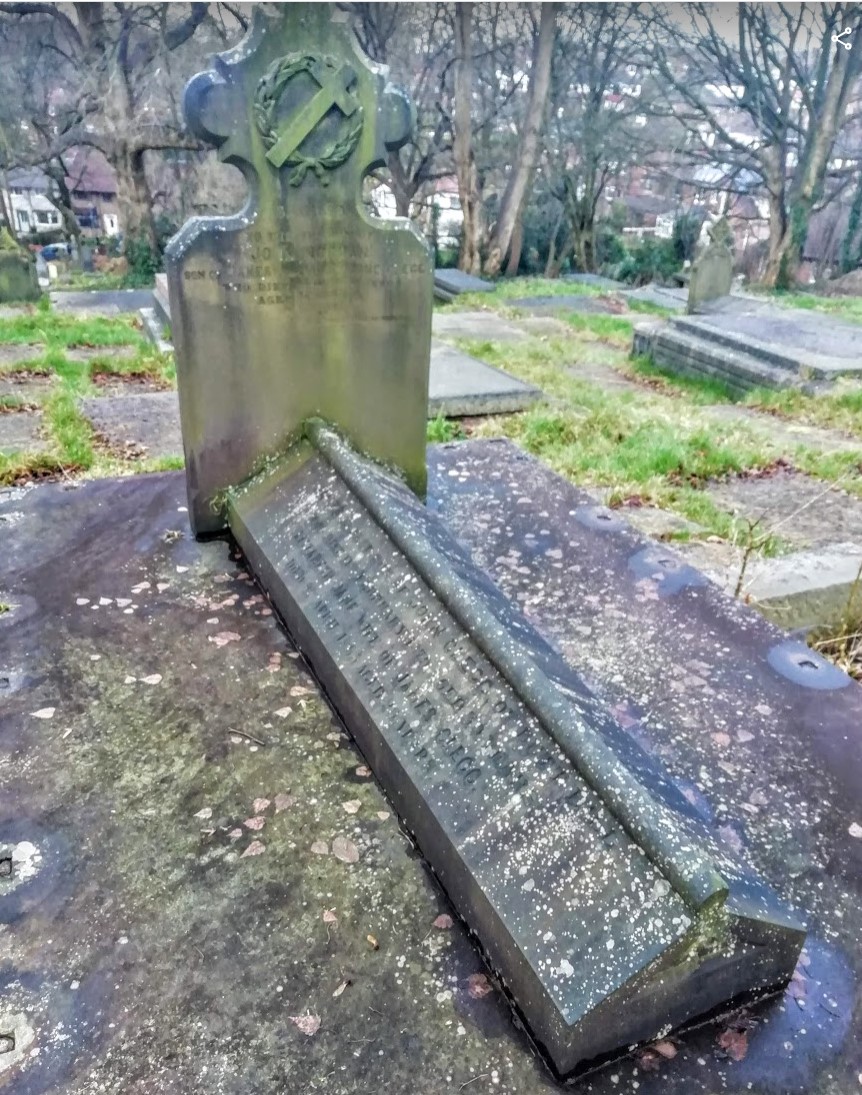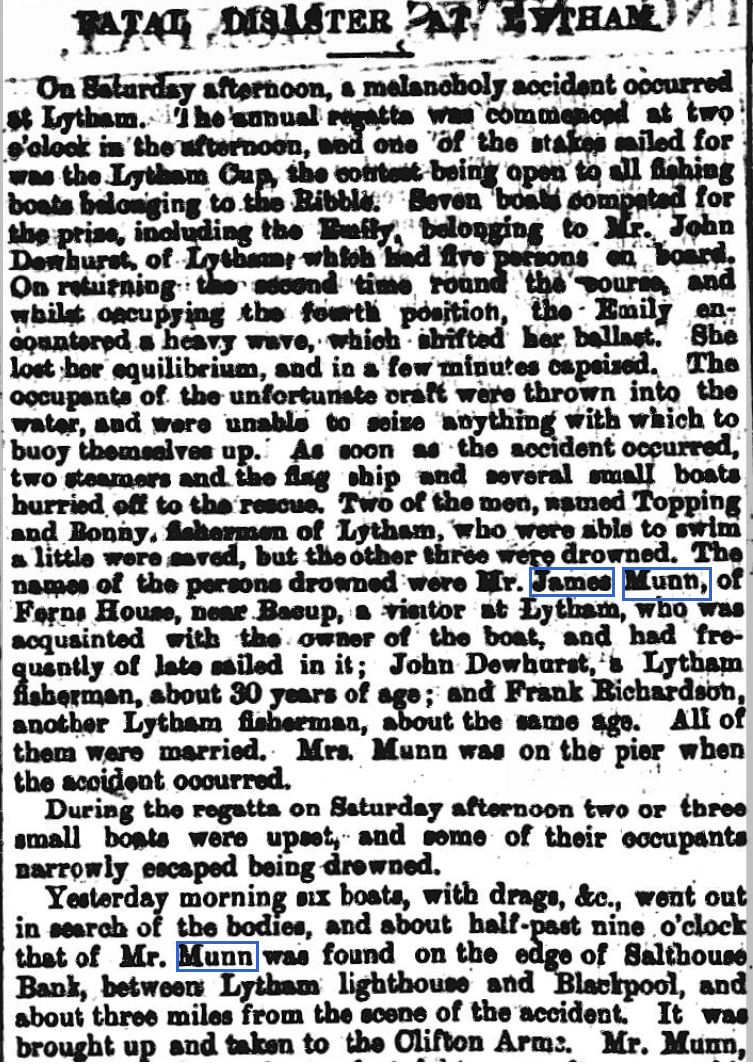 Lords
Worship
Places
People
Contact
Lords
Worship
Places
People
Contact
Butt Hill
Butt Hill was an area used for Archery practice. The ‘butts’ were earthen piles against which the archery targets could be rested. Each township had a responsibility to raise skilled archers in case of war, and competitions would take place on Butt Hill in the 18th century, until fire arms were introduced in the 19th century.
The trade directory of 1772 listed John Hope as one of 4 whitsters (later called bleachers) of Prestwich. He was also Church Warden of St Mary's from 1773-1775. Along with his brother, Daniel, they ran the Hilton Lane (Spring Vale) Dye Works and Hope Farm, also on Hilton Lane, tending to the fields over most of Butterstile hills.They also gave their name to Hope Square (where the Italian restaurants stand today) and Hope Brook which supplied the Dye works with its water.
The Hope family, as well as being land owners took an active involvement in the township:
[The trade directory of 1824 still listed Thomas Hope of Hilton Lane as a smallware manufacturer]
The above jug is still held by a family descendant, and may possibly have been a 20th wedding anniversary gift (traditionally china). Their first son was born in March 1778, and due to old New Year being the 25th March, means he was actually born in what we would call 1779.
John (b:1800), James (b:1801) and Joseph(b:1810) were manufacturers of cotton products at Besses o' th' Barn and founded Besses o' th' Barn Band. The band had converted from string instruments about 1818, and was known for a time as Clegg's Reed Band. John Clegg, was a keyed bugle player in the band, and in 1853 they changed to Brass. The Clegg brothers went on to fund the band with instruments and uniforms. The band met in a room called the mangle room, attached to the old Inn at Besses, which was pulled down in the 1880s.
[The 1824 Trade Directory lists the father James as a cotton Spinner in Heywood, and his first son John, as a Woollen Manufacturer in Derby Street,Bury. James & Betty also had 7 daughters]
In 1826, Clegg's Warehouse was established for winding and warping to supply hand-loom weavers. The Mill was later renamed Albion Mill and stood immediately to the right of the old Jewish Cemetery on Bury New Rd. A curved row of workers houses (Albion Place) was also built.
Alice Clegg, sister of the three Clegg sons, married into the Munn family, successful merchants and landowners, who lived at Hilton House.
James Clegg, son of James & Betty, was born in 1801, and also went on to be church a warden of St Mary's by 1833, he died in 1836. He was buried at St Mary's, and was so very well thought of by the community that a subscription funded a monument to him in Stand Church, Whitefield.
The inscription reads:
In 1840, John Clegg was church warden and the 1841 & 1851 census shows John Clegg , Merchant aged 40, living with his wife Ellen, two daughters, two sons and 6 servants at Butt Hill.In 1850 Clegg's warehouse was enlarged for the manufacture of cotton and silk.
[1854 The butler and cook of Mr Clegg of Butt Hill married each other at St Mary's]
Sign up for a free Ancestry Account (no subscription required) and you can see the family tree linking the Clegg, Munn, Hulme and Dudson families
[a further grave slab nearby records two daughters of James & Betty which are duplicated on the family vault]
By 1901 Mr Sumner lived at Butt Hill, though Mr Clegg still owned the house. William Sumner was the Director of a Coffee Company, and his two sons were directors too, one of a Bleach & Dye Company and one of a Copper Company. William left behind his widow by the census of 1910.
As population increased,the value of the land rose and houses encroached. The property no longer appeared on the map of 1952.
[in 1740, a burial at St Mary's listed John Grundy of Whitefield as an arrow maker]
Wilson (1980) recounts a tale from one such competition:
Cheetham Hill had in their
team a hand-loom weaver named James Rawson, who, for
most of his life was the best archer for miles
around. They dressed him up as "a gentleman" so that
it would not be too obvious that he was a working
man. From the age of 16 to 60 Rawson was never defeated.
One match against Prestwich was so close that Rawson and his opponent,
the last two players, were equal. Each had one arrow left. When the Prestwich
man shot his arrow he appeared to be unbeatable, for
It lodged within an inch of the centre of the target
and the shaft lay obliquely across the bull. However,
Rawson's arrow split the other one and lodged right
in the centre of the bull.
The butts would still have been visible when the plot of land, along with land which sat on the other side of the remains of the Roman road that came North out of Manchester, was purchased by Mr John Hope. John Hope was one of the main tenants in the Manor of Prestwich in 1777 when it was divided up by Thomas William Coke,Industrialist & then lord of the Manor.
[Other Whitsters listed were: John Hilton, William Howarth & John Travis]
Whitsters/Whisters removed impurities such as seed shell and waxes from cotton by soaking the cloth in large containers, then hanging them out to dry on tenter frames (fastened on with tenter hooks). John Hope built his house here in 1778.
John Hope was also churchwarden from 1787 to 1791, and surveyor of highways in 1774, 1784, 1788 - 1796.
Thomas Hope served as churchwarden in 1810 & 1811, 1824 & 1825, and surveyor of highways 1823, alongside John Hope 1822-1824.
Daniel Hope was surveyor of highways from 1825 to 1831.
Bell number 8 (tenor) in St Mary's tower was originally provided by John Hope, and the other 5 churchwardens, in 1758,
In 1820 Butt Hill was conveyed to Mr James Clegg of Whitefield. The Clegg family,trading under the name of James Clegg & Co. had a weaving shed/Mill at Besses o'th'Barn,they also owned Vale Mill in Heywood (1830's-1880's) and had a warehouse on New Brown Street in Manchester.
James was born in 1778 to John and Mary. He married Betty Artingstall, of Heaton, at St Mary's in Prestwich, in October 1799, and they went on to father three sons.
 Elizabeth Munn & James Clegg
Elizabeth Munn & James Clegg
 1871 drowning
1871 drowning
[There was also an R.B. Clegg was a timber merchant living at Bent House]
MARBLE MONUMENT (North Side of Chancel). In memory of JAMES CLEGG, Esquire, who died December 5th, 1836. This Monument is erected by the voluntary contributions of his friends to testify their sense of his strict integrity and honourable conduct in his commercial dealings, his amiable and courteous manners, his benevolence and hospitality, and the faithfulness and ability with which he fulfilled his various public and private duties as a man and a Christian. These promises of a life of future excellence were cut short by death at the early age of 36, to the great regret of the whole neighbourhood, throughout which his premature loss is deeply deplored, and his memory most warmly cherished.
[ 1839 John Clegg was renting Bent House from George Scholes of Polefield House. James Clegg had both his sons (1830 & 1835) baptised in Heywood, as he lived at Vale Mill at that time]
[Joseph Clegg, John's brother and co-founder of Besses Band, had married Elizabeth the daughter of Otho Dudson of Dudson of Lands End Bleach & Dye Works and died in 1846]
John's son James (b:1830), died in 1870 was listed as living at Butt Hill, and the Butt Hill census of 1871 shows his father John (b:1800), and his son James A Clegg (b1823), living at Butt Hill. By 1873 John Clegg had also died, aged 73.
John's will left his three daughters £1m each (in todays money), and Vale Mill in Heywood was left to his grandson James Arthur Clegg, the remainder went to his sole remaining son, Rev. John Clegg.
By 1881 James Arthur Clegg and his wife Agnes had retired to Wern, Shropshire aged 43. Mrs Grant, a Widow living on dividends had moved in to Butt Hill, along with 5 servants, and in 1891 the property was empty, with the Cottam family farming the surrounding fields.
Watch a video of the area developing over the years.